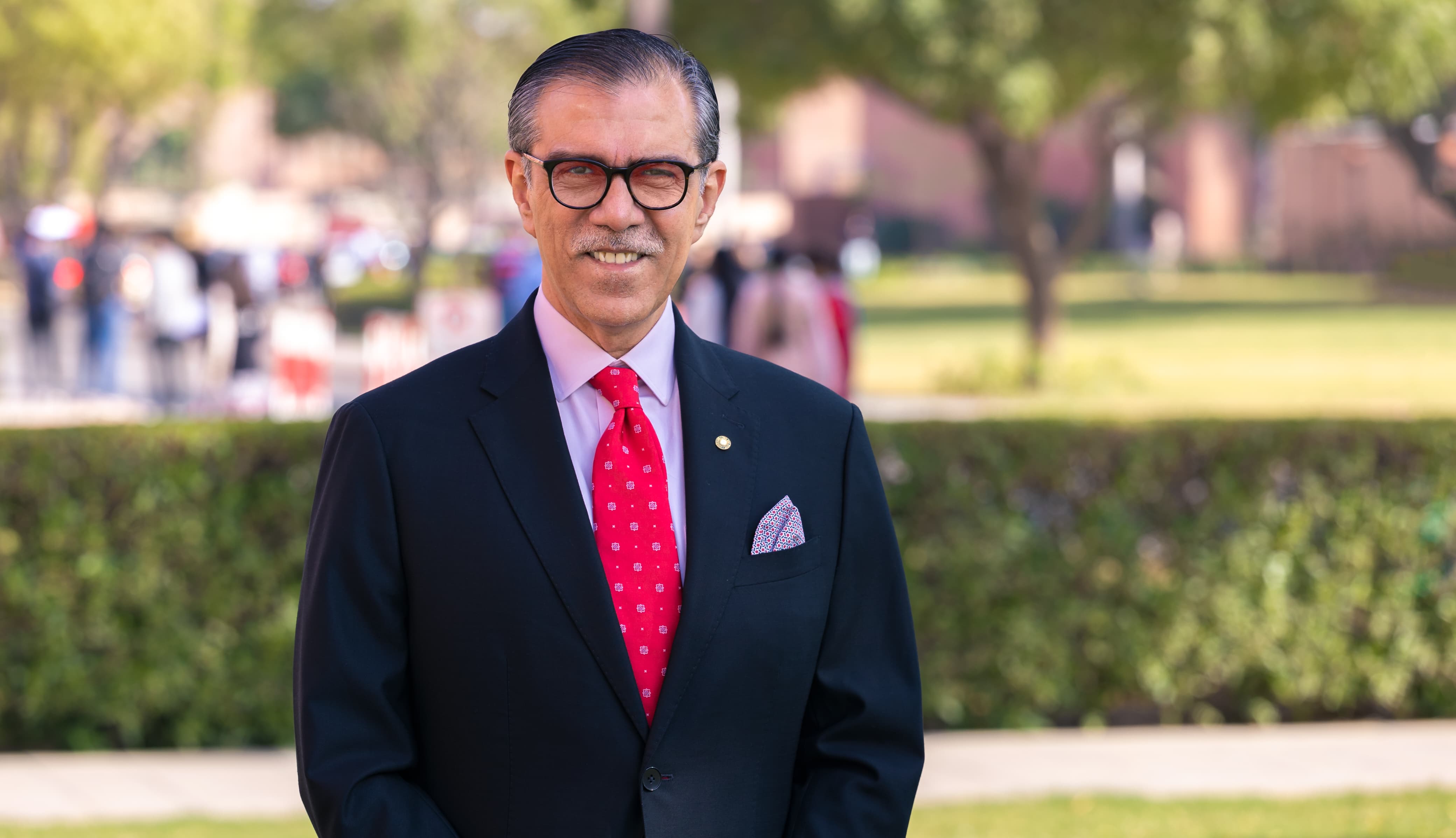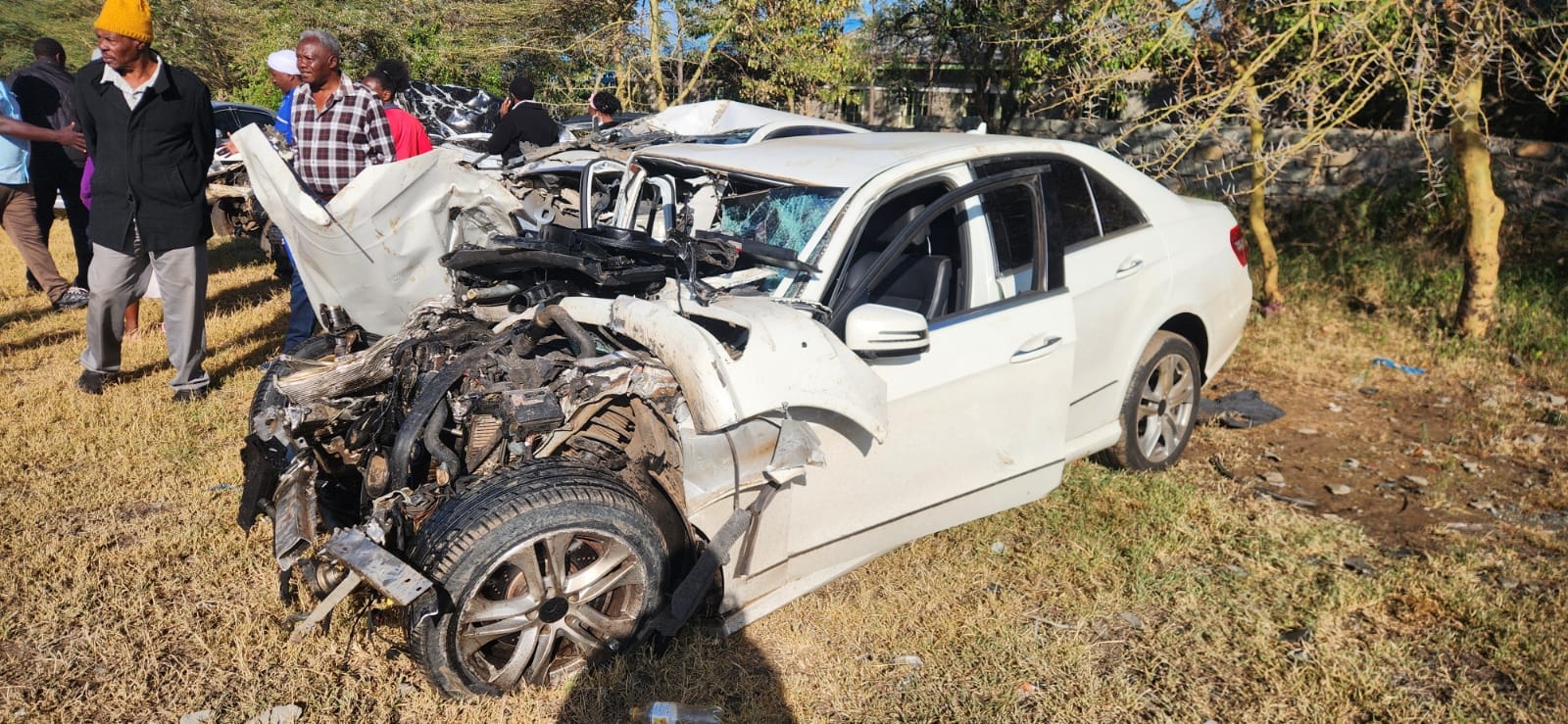

Dr Sulaiman Shahabuddin, Vice Chancellor, Aga Khan University
I admire the strength and
resilience shown daily by nurses and midwives across East Africa. They are
truly the backbone of our health care system. Yet all too often their
contributions come at a cost – that of their own health and wellbeing.
Our nurses and midwives are there for us in our most difficult and painful moments. It is high time we showed them the same caring and compassion they show to their patients.
In a 2022 study by the Aga Khan University (AKU), one in four nurses and midwives in Kenya exhibited signs of depression.
Based on interviews with nearly 4,000 individuals in 47 counties, the study also found that two in five nurses and midwives showed symptoms of post-traumatic stress disorder.
Key sources of stress included heavy workloads, lack of resources, poor work environments and irregular salary payments.
The problem is not unique to Kenya. In Uganda, research shows that midwives experience high levels of stress.
The most common stressors relate to patients and their families, workload, problems with supervisors, conflict with physicians and uncertainties regarding patient care.
The situation is similar in Tanzania, with symptoms of post-traumatic stress disorder appearing to be relatively common among nurses and midwives. Even in high-income countries, 61 per cent of nurses report moderate to extreme job strain – double the average of other occupations.
This is the unseen reality that nurses and midwives face each day as they dedicate themselves to caring for others. It is a pertinent issue that demands our collective and immediate attention.
Policymakers, health care administrators, communities and other health care professionals must come together to address these issues and provide practical solutions that support nurses, improve their working conditions, build their capacity and improve their long-term health.
Here are some ways that we can help our nursing workforce. We can create informal and formal networks within hospitals that enable junior practitioners to receive support, advice and mentorship from experienced nurses and midwives.
The Kenya National Union of Nurses has advocated for nursing service allowances and defended members' rights in court, contributing to improved working conditions for nurses.
In Zanzibar, efforts have been made to strengthen the midwifery workforce through supportive supervision, mentorship programmes, and continuous professional development, with support from UNFPA.
At the Aga Khan University Hospital, Nairobi (AKUH, N), we conduct routine debriefing sessions among our nursing staff to combat burnout, create community and provide guidance on navigating difficult situations. We also provide professional development and create opportunities for career growth internally.
To reduce the administrative burden nurses and midwives face, we can simplify existing documentation procedures to eliminate unnecessary paperwork. At AKU, we have implemented an electronic health record system that frees up valuable time for direct patient care and reduces the strain associated with excessive paperwork, especially during shift handovers.
For our student nurses, we provide psychosocial support to ensure they can balance their studies and their careers. We also ensure that our students, especially those at the undergraduate level, have early exposure to diverse clinical settings.
At the same time, students have access to our high-fidelity simulation lab, the Centre for Innovation in Medical Education, which replicates real-world clinical environments and challenges, allowing students to develop their skills in a safe and controlled setting, before encountering vexing situations on the job.
At a policy level, we need to establish structures that promote the well-being of health workers, who are crucial in achieving universal health coverage.
Some good examples include Kenya’s National Nursing and Midwifery Policy, which provides a framework to strengthen nursing and midwifery professions and empower the workforce. The Nursing Council of Kenya’s Strategic Plan aims to regulate and promote nursing and midwifery education and practice, aligned with global health obligations.
Mobile health technologies can play a powerful role in combating their mental health challenges.
The Nurse and Midwife Alliance developed a mobile application, KeNuM App, to provide nurses and midwives with access to educational resources, professional networking opportunities, and policy updates. Researchers should work with public and private stakeholders to develop affordable interventions that respond to the needs of nurses, midwives and other health professionals.
So long as our nurses and midwives are suffering, the health of the population will too. And without a healthy population, no country can sustain economic growth, social cohesion or resilience in the face of crisis. The health and well-being of nurses and midwives should be a national priority.
It is our collective responsibility to ensure our nurses and midwives have the support not only to do their jobs well but to thrive while doing so.
Dr Sulaiman Shahabuddin, Vice Chancellor, Aga Khan University















